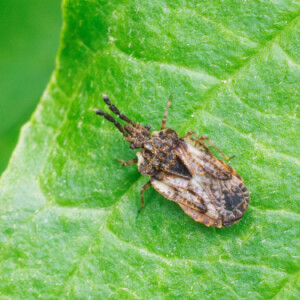Fiery
This is only the second time I've ever found a Red-headed Cardinal Beetle in our garden; the first was at just this time last year, in exactly the same spot at the base of the weeping ash tree. Offspring, I thought to myself, but according to UK Beetles larval development in this species takes at least two years, with generations frequently overlapping, so this male must have been placed here as an egg in 2022 or earlier.
I'm generally pretty good at remembering the binomial names of insects - certainly much better than I am at putting a name to a human face - but for some reason this one - Pyrochroa serraticornis - has always tended to escape me. It's really not hard though: 'pyrochroa' means 'fire-coloured', and 'serraticornis' means something like 'serrated horns'. The fire-coloured beetle with serrated horns is quite a good description - though if you were being picky (which I never am, as you know), only the females' antennae really appear serrated. Males like this one have what are called pectinate antennae, which means they're notched like the teeth of a comb.
I haven't bothered trying to parse the name of today's second invert, because it's the first one I've ever seen and will quite possibly be the last. It's called Aradus depressus, and it's a flatbug - in fact the most common species of flatbug across Europe, but rarely recorded here because it's small (about half the length of the beetle, at just 5-6mm), cryptic, and generally keeps itself to itself. If it hadn't been basking on a dogwood leaf I doubt I'd have noticed it at all. While the Red-headed Cardinal Beetle lays its eggs under the bark of cut wood, of which we have plenty, Aradus depressus oviposits under the bark of live native deciduous trees that are infected by a fungus - which probably doesn't speak well for the prospects of our weeping ash tree recovering from the disease by which it's been affected over the past few years.


Comments
Sign in or get an account to comment.


